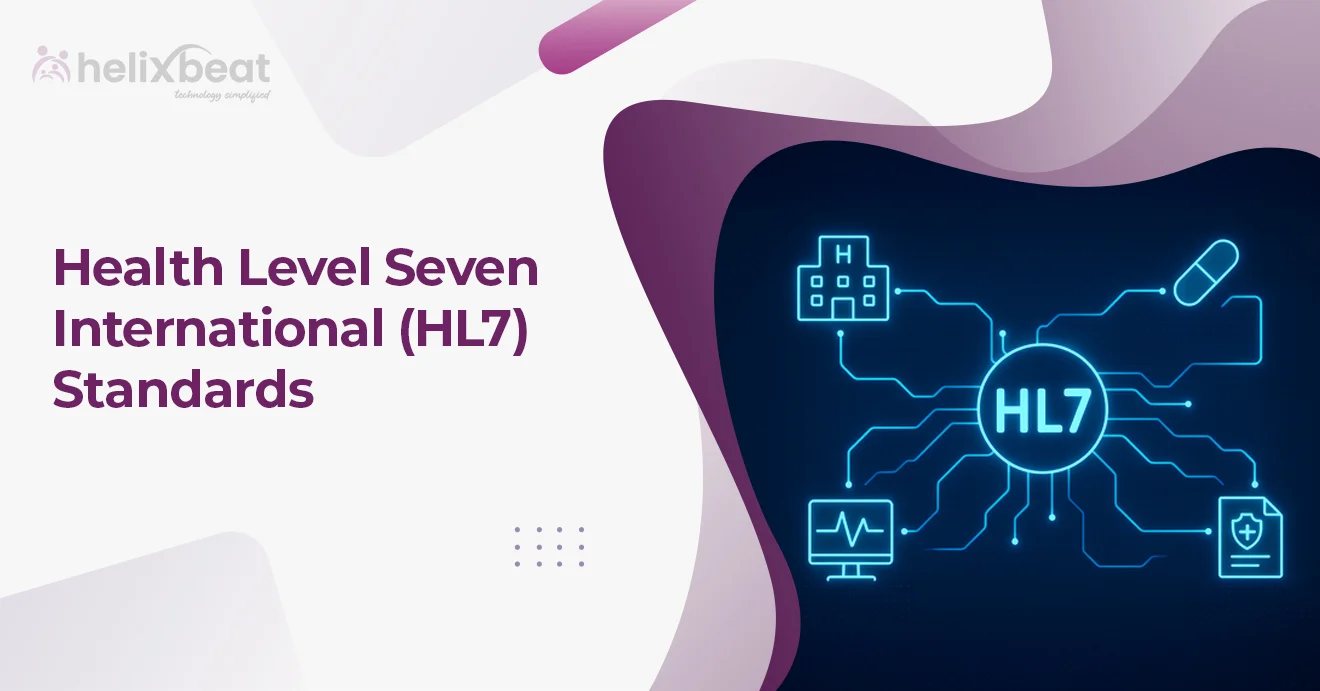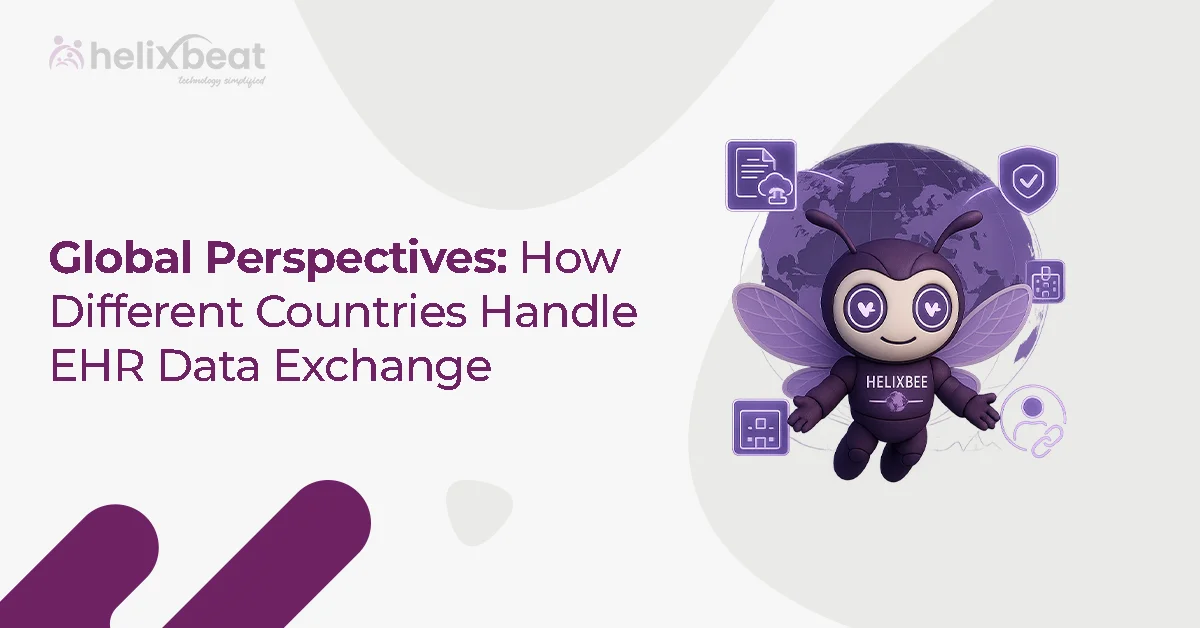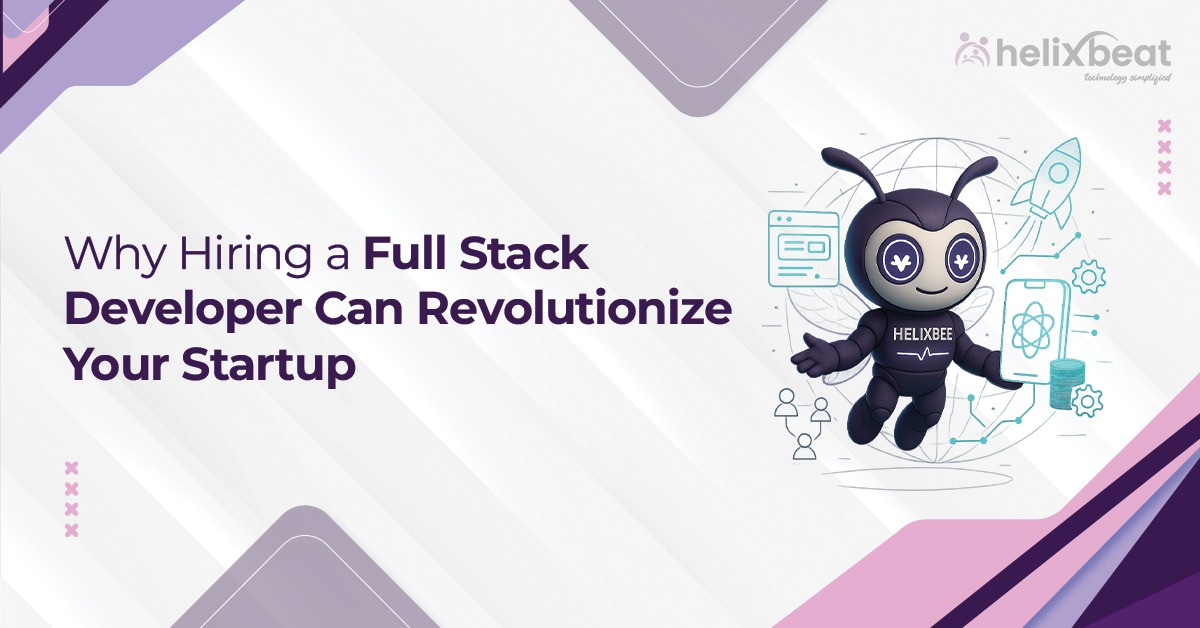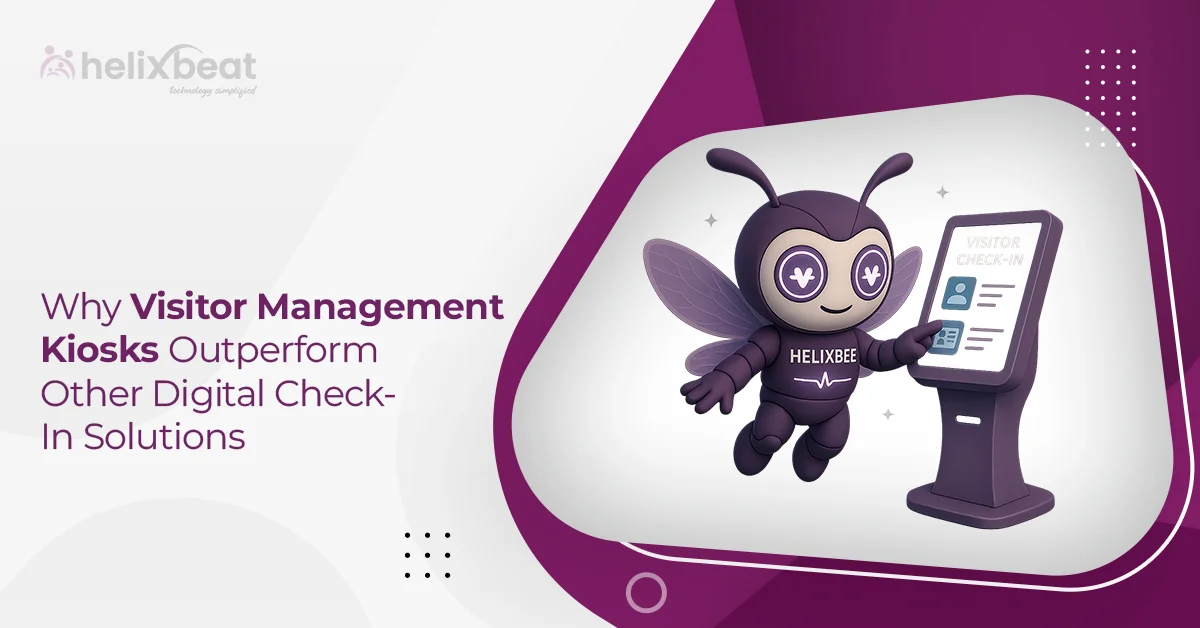In modern healthcare, sharing patient information between systems is key to providing the best care. Yet, interoperability remains one of the biggest challenges—the ability for different systems and technologies to work together seamlessly. That’s where Health Level Seven International (HL7) standards come in, providing frameworks for exchanging, integrating, and managing electronic health information.
HL7 FHIR (Fast Healthcare Interoperability Resources) is a revolutionary standard that promises to solve many of these problems. In this blog, we will explore HL7 standards, focusing on HL7 FHIR, its importance, and how it is transforming healthcare data exchange.

Table of Contents
The Evolution of HL7 Standards
Over the years, HL7 has evolved significantly. Here are some of its key versions:
- HL7 V2.x: The first widely adopted version, HL7 V2.x (released in 1989), provided a standardized framework for exchanging clinical, administrative, and financial information between healthcare systems. While it was effective in some areas, the lack of flexibility and the reliance on proprietary data formats created challenges for more complex use cases.
- HL7 V3: Released in the late 1990s, HL7 V3 was an attempt to modernize and improve upon the older version. It focused on an object-oriented model, offering greater flexibility for more advanced data exchange. However, its complexity and lack of backward compatibility led to slower adoption across the healthcare industry.
- CDA (Clinical Document Architecture): The CDA, developed as part of HL7 V3, enables the exchange of structured and unstructured clinical documents. It became a core component of several national and international healthcare frameworks, such as Meaningful Use in the United States.
- HL7 FHIR (Fast Healthcare Interoperability Resources): HL7 FHIR is the latest and most ambitious version of the HL7 standards. Designed with modern web technologies, FHIR aims to make healthcare interoperability faster, more efficient, and more accessible. Its flexibility and ability to work with RESTful web services have positioned it as the future of healthcare data exchange.
Why Is HL7 FHIR Important?
1. Interoperability in a Fragmented Healthcare Ecosystem
The healthcare industry is infamous for its fragmented data systems. Hospitals, clinics, laboratories, pharmacies, and insurance companies often operate on disconnected platforms. This lack of interoperability results in inefficiencies, redundant tests, longer wait times, and even medical errors. To overcome these communication barriers, HL7 FHIR enables seamless data flow between electronic health records (EHRs), patient-facing applications, and third-party services.
FHIR makes it easier for organizations to integrate new technologies, scale their services, and share data in real-time. This translates to better care coordination, streamlined administrative processes, and improved patient outcomes.
2. Faster Data Exchange
Data exchange in traditional healthcare is a cumbersome and time-consuming process. With HL7 FHIR, providers can exchange healthcare data in real-time, facilitating faster diagnoses, treatments, and responses.
Because FHIR can transmit data through standardized APIs, integrating different systems becomes simpler, which leads to a consistent data flow. For patients, this means faster access to critical care and fewer delays in receiving medical treatment.
3. Improved Patient-Centered Care
HL7 FHIR focuses on patient-centred care. When patient data can be shared seamlessly between providers, doctors have a more complete view of their medical history. This leads to more accurate diagnoses, personalized treatment plans, and improved patient satisfaction.
FHIR also empowers patients to have greater control over their health data. With mobile applications and patient portals built on FHIR, patients can access their health information anytime and share it with multiple providers. As a result, patient engagement improves because of this increased accessibility.
4. Support for Innovative Healthcare Technologies
HL7 FHIR not only works well with traditional healthcare systems but also supports emerging technologies. Mobile health, telemedicine, wearables, and AI systems can all leverage FHIR for flexible data exchange. This support for innovation helps healthcare systems remain adaptable as new technologies and patient care models continue to evolve.
For example, wearables like smartwatches and fitness trackers can use FHIR to share real-time health data with physicians. Similarly, AI-driven diagnostic tools can use FHIR to access patient information quickly, helping doctors make data-driven decisions more effectively.
HL7 FHIR and Global Healthcare
The global healthcare landscape is diverse, and different regions face unique challenges regarding data exchange. What makes HL7 FHIR internationally appealing is its ability to cater to a wide range of healthcare needs. In the United States, the government has embraced FHIR as a key component of its interoperability strategy. The 21st Century Cures Act mandates using FHIR-based APIs for healthcare data sharing, which has driven its widespread adoption across the country. Similarly, other countries, including Canada, the UK, and Australia, are beginning to adopt FHIR standards in their healthcare systems to improve data exchange and patient care.
The global adoption of HL7 FHIR is not only helping to improve interoperability in individual countries but is also promoting international collaboration. Through FHIR, health data can be shared more easily across borders, facilitating cross-country medical research, multi-national health programs, and better disaster response coordination.
The Future of HL7 FHIR in Healthcare
HL7 FHIR is a game-changer, but its journey is far from over. The standard is constantly evolving to meet the growing needs of healthcare systems. As more organizations adopt FHIR, the ecosystem will continue to improve, making healthcare data exchange faster, more secure, and more efficient.
Additionally, the healthcare industry is increasingly moving toward value-based care, where outcomes matter more than the volume of services provided. FHIR will play a critical role in facilitating this shift. By integrating with artificial intelligence, machine learning, and other advanced technologies, FHIR will further enhance healthcare services, leading to more personalized treatment, predictive analytics, and decision support tools.
How AERIS Streamlines Healthcare Data Exchange
AERIS, a FHIR-based platform, transforms real-time clinical data exchange by connecting different healthcare systems. Using HL7 FHIR standards, AERIS makes it easy and secure for healthcare providers, payers, and other stakeholders to share clinical data. With AERIS, healthcare professionals can quickly access vital patient information—like medical histories, lab results, and treatment plans—improving collaboration and speeding up decision-making.
Also, AERIS uses FHIR’s built-in security features to protect patient privacy and ease secure information sharing across systems. This gives healthcare teams the tools they need to improve patient care while staying compliant with the necessary standards.
Discover how AERIS can transform your clinical workflows and improve patient care. Contact us today!
FAQs
1. How does HL7 FHIR improve interoperability in healthcare?
HL7 FHIR simplifies the connection between different healthcare systems by standardizing data formats and communication methods. This leads to better integration between electronic health records (EHRs), lab systems, and patient-facing applications, improving data exchange and reducing inefficiencies.
2. How does HL7 FHIR enhance patient-centered care?
By allowing healthcare providers to share patient data seamlessly, HL7 FHIR gives doctors a complete view of a patient’s medical history. This leads to more accurate diagnoses and treatment plans while also empowering patients to access and share their health information more easily.
3. How does HL7 FHIR impact data security and privacy?
FHIR incorporates modern security features, including encryption and secure access protocols, to protect sensitive patient data. This makes it easier to share information across systems without compromising patient privacy or violating regulatory requirements like HIPAA.
4. How can AERIS help with HL7 FHIR adoption?
AERIS, a FHIR-based platform, simplifies the adoption of HL7 FHIR by offering a seamless connection between different healthcare systems. It helps healthcare providers share patient information securely and efficiently, improving care coordination and reducing administrative burdens.
5. How does AERIS improve healthcare workflows using HL7 FHIR?
AERIS leverages HL7 FHIR standards to facilitate real-time access to vital patient data, such as medical histories and lab results. This improves collaboration, speeds up decision-making, and enhances the overall patient care experience by streamlining healthcare workflows.














